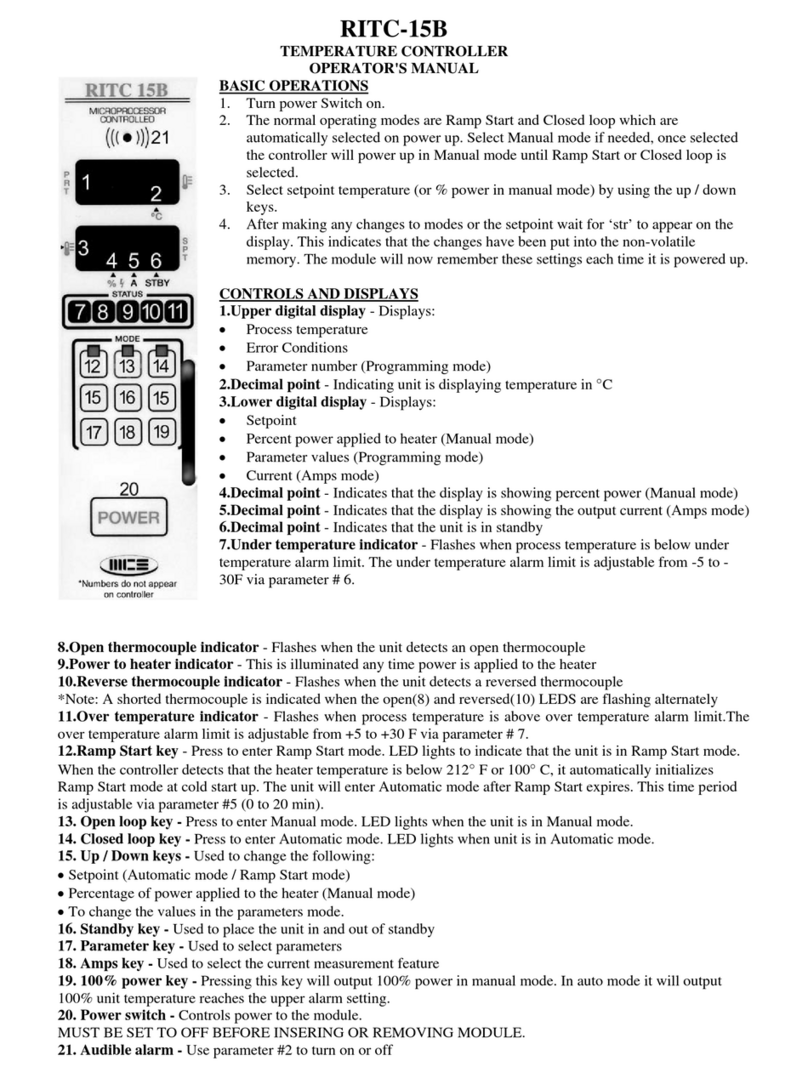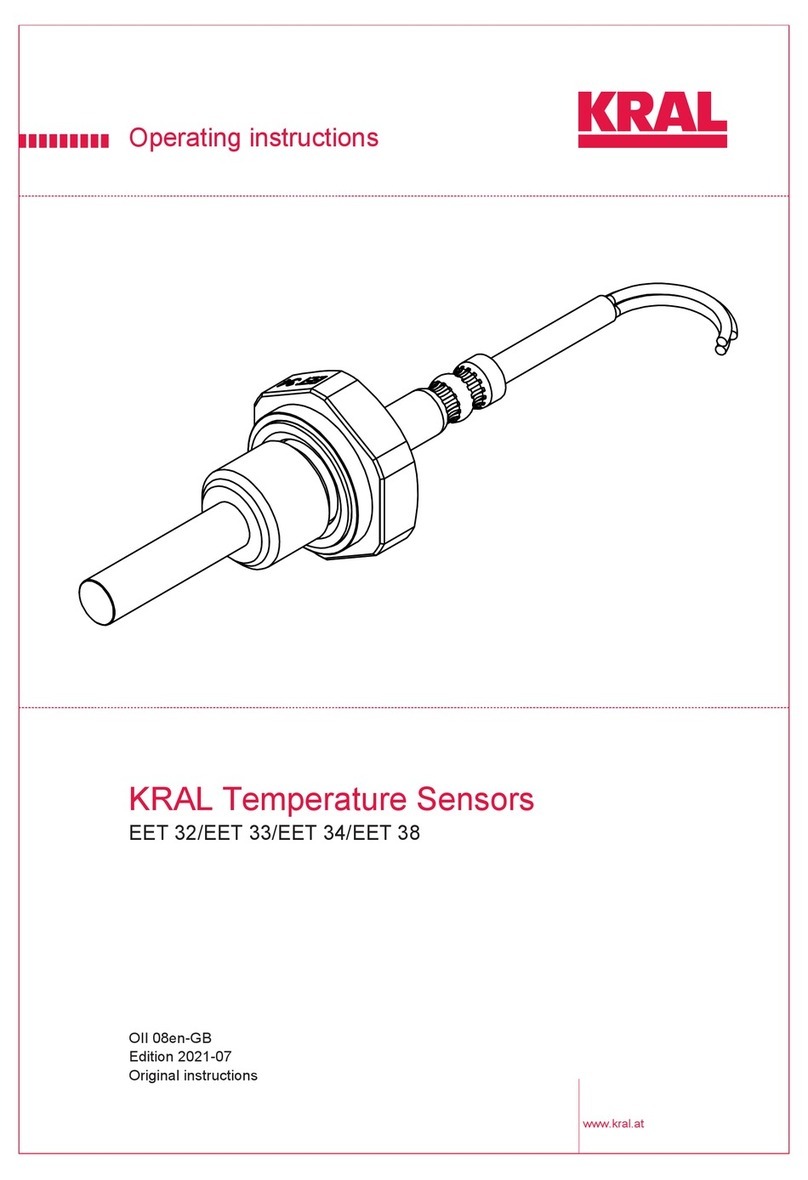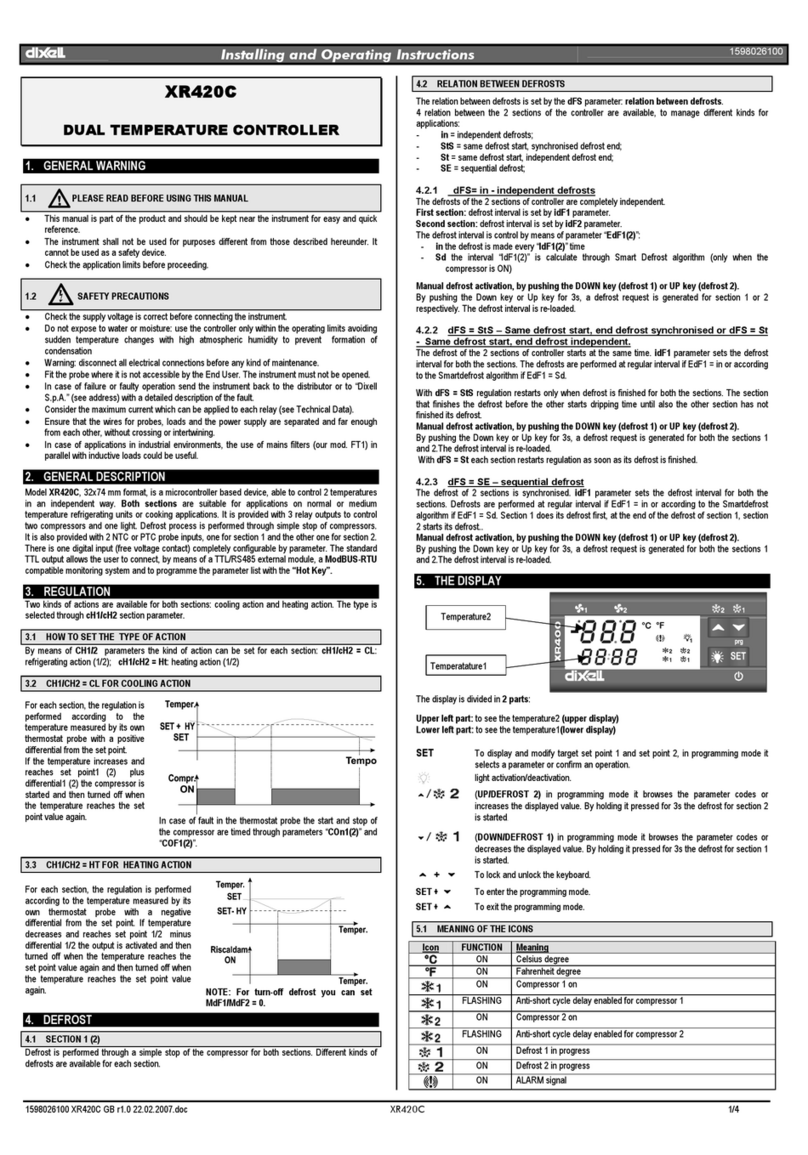
Page 3
Contents
1. Introduction .....................................................................................5
1.1
WP-84 Display and Controls.................................................................. 5
1.2
Unpacking Information ........................................................................... 7
1.3
Specifications ......................................................................................... 8
2. WP-84 Menu Structure..................................................................10
3. Operating Modes...........................................................................11
3.1
Selecting Conductivity, TDS (setting factor) or Salinity Mode.............. 11
4. Conductivity (TDS/Salinity) Calibration .......................................12
4.1
Calibration Procedure .......................................................................... 12
4.2
Calibration Notes.................................................................................. 14
4.3
Calibration Messages........................................................................... 14
5. Temperature Calibration...............................................................15
5.1
Calibration Procedure .......................................................................... 15
5.2
Calibration Notes.................................................................................. 15
5.3
Calibration Messages........................................................................... 16
6. ATC Coefficient .............................................................................17
6.1
Setting the ATC Coefficient.................................................................. 17
6.2
Calculating the ATC Coefficient of a Solution ...................................... 18
7. Good Laboratory Practices (GLP)................................................19
7.1
To recall GLP information on the display ............................................. 19
7.2
Failed Calibration ................................................................................. 19
7.3
Printing GLP Information to the RS232 Port ........................................ 20
7.4
Instrument Serial Number .................................................................... 20
7.5
Additional GLP Features ...................................................................... 20
8. Notepad Function..........................................................................21
8.1
Recording Readings into the Notepad ................................................. 21
8.2
Recalling Records from the Notepad ................................................... 21
8.3
Erasing Records from the Notepad...................................................... 21
8.4
Printing Records from the Notepad to the RS232 Port ........................ 22
9. Automatic Data logging ................................................................23
10. RS232 Port .................................................................................25
10.1
Setting the Baud Rate ...................................................................... 25
10.2
Sending Readings to the RS232 Port .............................................. 25
10.3
RS232 Configuration........................................................................ 25
10.4
Communication and Statistical Software ......................................... 25
10.5
Commands....................................................................................... 26
10.6
Data Format ..................................................................................... 27
10.7
GLP Data Format............................................................................. 27



























